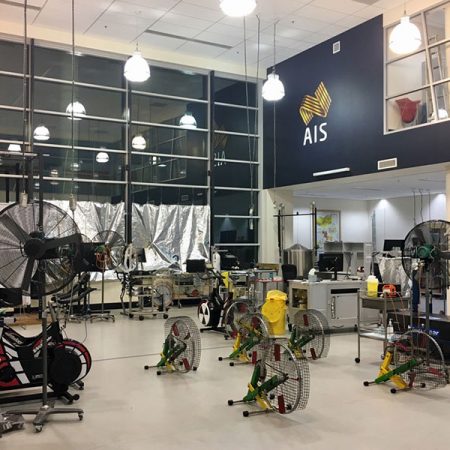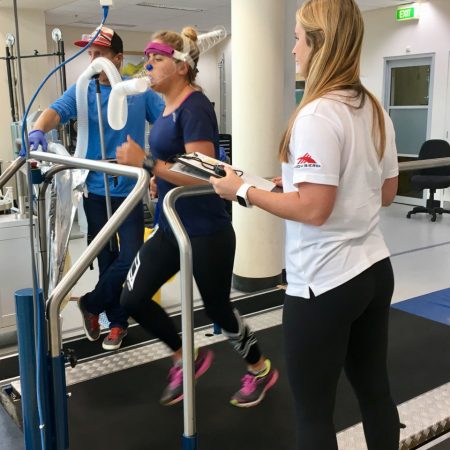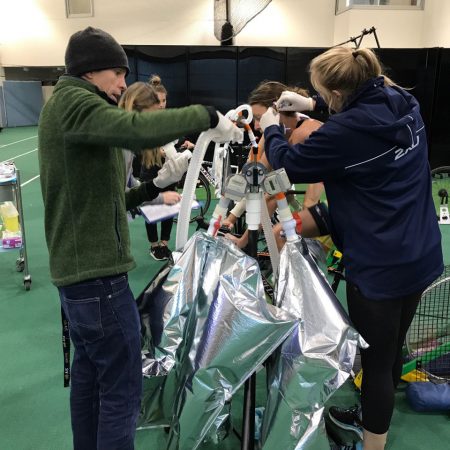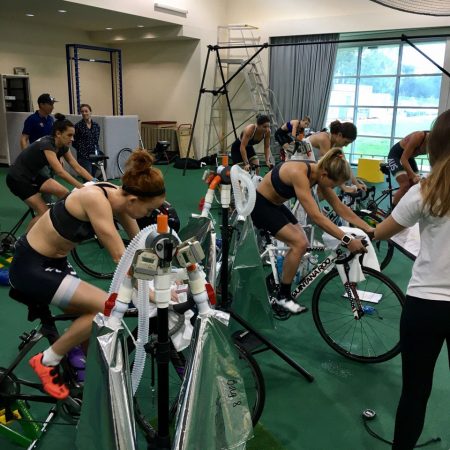
The Australian Institute of Sport is recognized worldwide for developing elite athletes, largely due to their research and innovation in sports science. So when Florida State University graduate student Samantha Leyh received an opportunity to work with the distinguished AIS, her choice was clear.
Leyh, a second-year master’s student in sports nutrition, arrived at the institute in mid-April, just weeks after learning she was offered a position. AIS Director of Sports Nutrition Louise Burke is a longtime colleague of FSU Assistant Professor of Exercise Science Michael Ormsbee, who is Leyh’s adviser.
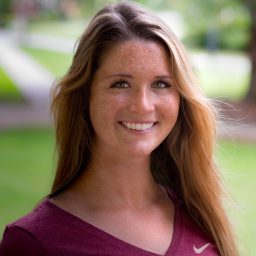
“This was a tremendous opportunity for Sam to get an unparalleled educational experience and research training working with elite Olympic-level athletes and the researchers at AIS, who are doing cutting-edge work in sports science and sports nutrition,” said Associate Professor of Exercise Science Michael Ormsbee. “Connecting my lab with Sam and the AIS is another huge step forward for the international reputation of the human performance research that we do here at FSU.”
Leyh immediately dove in, helping conduct research alongside AIS researchers on the importance of dietary carbohydrates in professional athletes.
Along with a team of two doctoral students and an AIS lead, Leyh worked with a group of 11 professional triathletes to see how they reacted to different levels of carbohydrate during training. Split into two groups, the first group was required to eat all of their carbs before they began a late afternoon high-intensity aerobic session and could not consume carbohydrates until the next morning’s aerobic session. The other group, would eat normally throughout the day with no restriction.
“The goal of high-intensity training is to deplete glycogen,” Leyh said. “Current nutrition protocol is to immediately start refueling after training with carbohydrates and protein to refuel glycogen and thus begin the recovery process.”
Previous research had suggested that withholding carbs overnight may enhance the physiological adaptations.
Throughout the two weeks, the research group continuously collected samples to measure bone breakdown and iron metabolism.
“The purpose of the study is to see that even though certain changes may be better for performance it could be causing negative effects in other areas,” Leyh said.
Leyh, alongside Ormsbee, will continue working with Burke and Greg Cox, the AIS Senior Sports Dietician on the results of the study, which they hope to publish in the future.
For Leyh, who received her bachelor’s degree in dietetics from University of Rhode Island, this was only her first stop on the internship trail. Before she wraps up her master’s degree in December, she will also intern with the Phoenix-based EXOS, a leading human performance company.




